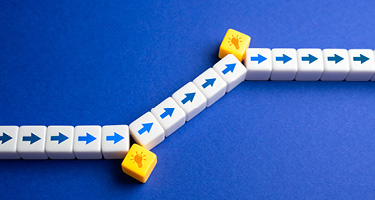Insights
As Fla. Pushes to Repeal Controversial 'Free Kill' Law, DeSantis Signals Veto
by Bryan Driscoll
The fight to transform state accountability standards may be in trouble
Read Full Article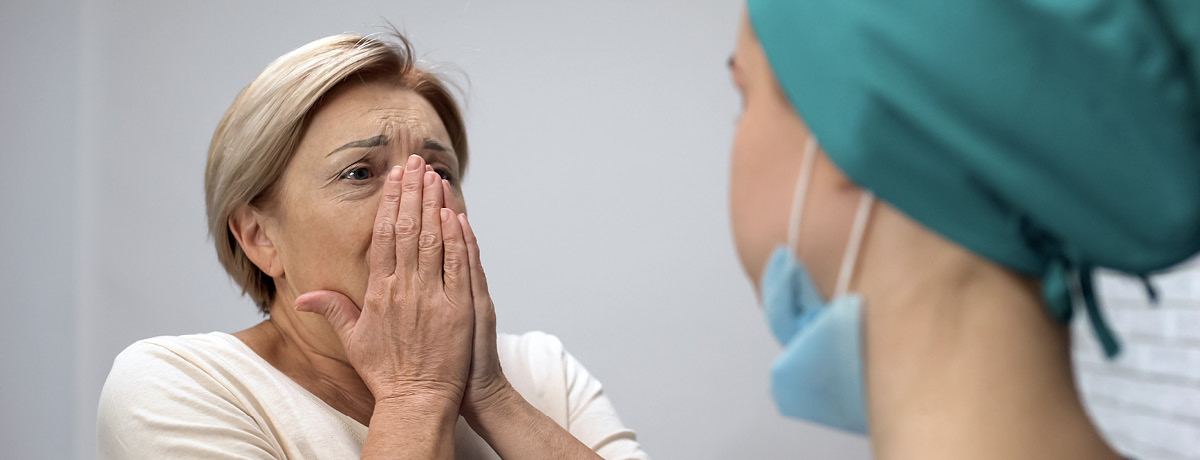

Introducing the 2026 Best Lawyers Awards in Australia, Japan, New Zealand and Singapore
by Jennifer Verta
This year’s awards reflect the strength of the Best Lawyers network and its role in elevating legal talent worldwide.

Discover The Best Lawyers in Spain 2025 Edition
by Jennifer Verta
Highlighting Spain’s leading legal professionals and rising talents.

How to Increase Your Online Visibility With a Legal Directory Profile
by Jennifer Verta
Maximize your firm’s reach with a legal directory profile.

Effective Communication: A Conversation with Jefferson Fisher
by Jamilla Tabbara
The power of effective communication beyond the law.

Paramount Hit With NY Class Action Lawsuit Over Mass Layoffs
by Gregory Sirico
Paramount Global faces a class action lawsuit for allegedly violating New York's WARN Act after laying off 300+ employees without proper notice in September.

The Future of Family Law: 3 Top Trends Driving the Field
by Gregory Sirico
How technology, mental health awareness and alternative dispute resolution are transforming family law to better support evolving family dynamics.

The 2025 Legal Outlook Survey Results Are In
by Jennifer Verta
Discover what Best Lawyers honorees see ahead for the legal industry.

Safe Drinking Water Is the Law, First Nations Tell Canada in $1.1B Class Action
by Gregory Sirico
Canada's argument that it has "no legal obligation" to provide First Nations with clean drinking water has sparked a major human rights debate.

New Mass. Child Custody Bills Could Transform US Family Law
by Gregory Sirico
How new shared-parenting child custody bills may reshape family law in the state and set a national precedent.

The Best Lawyers Network: Global Recognition with Long-term Value
by Jamilla Tabbara
Learn how Best Lawyers' peer-review process helps recognized lawyers attract more clients and referral opportunities.

Jefferson Fisher: The Secrets to Influential Legal Marketing
by Jennifer Verta
How lawyers can apply Jefferson Fisher’s communication and marketing strategies to build trust, attract clients and grow their practice.

Finding the Right Divorce Attorney
by Best Lawyers
Divorce proceedings are inherently a complex legal undertaking. Hiring the right divorce attorney can make all the difference in the outcome of any case.

The Future of Canadian Law. Insights from Best Lawyers: Ones to Watch Honorees
by Jennifer Verta
Emerging leaders in Canada share their perspectives on the challenges and opportunities shaping the future of Canadian law

New Texas Law Opens Door for Non-Lawyers to Practice
by Gregory Sirico
Texas is at a critical turning point in addressing longstanding legal challenges. Could licensing paralegals to provide legal services to low-income and rural communities close the justice gap?

Georgia’s Tort Reform Overhaul
by Bryan Driscoll
A New Front in the National Battle Over Civil Justice
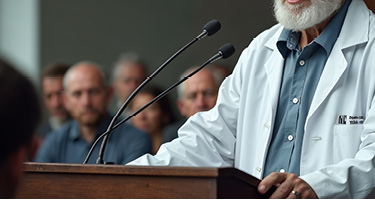
Supreme Court Opens New Door for Personal Injury Claims Under RICO
by Bryan Driscoll
The litigation landscape is rapidly shifting

Medical Malpractice Reform Trends in Texas, Utah, Georgia and SC
by Bryan Driscoll
A fresh wave of medical malpractice reform is reshaping the law.
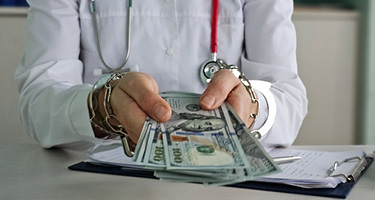
As Fla. Pushes to Repeal Controversial 'Free Kill' Law, DeSantis Signals Veto
by Bryan Driscoll
The fight to transform state accountability standards may be in trouble

IN PARTNERSHIP
Trial Tested: Building a Successful Medical Malpractice Case
by Robert A. Clifford and Sarah F. King
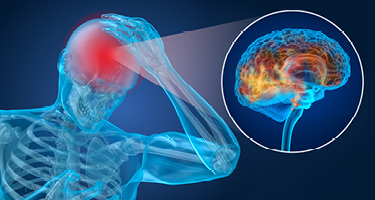
Why Visibility Matters: The Case for Legal Thought Leadership Today
by Jamilla Tabbara
Build trust before the first consultation.

How Whitepapers Become Legal Content That Builds Trust
by Jamilla Tabbara
Turning expertise into visibility with strategic white papers.

How to Use Content Syndication to Get Your Law Firm Website Content Seen
by Jamilla Tabbara
Syndicate your law firm’s content on trusted legal platforms to reach a wider audience and drive qualified traffic back to your website.

Best Lawyers Launches CMO Advisory Board
by Jamilla Tabbara
Strategic counsel from legal marketing’s most experienced voices.

Introducing the 2026 Best Lawyers Awards in Australia, Japan, New Zealand and Singapore
by Jennifer Verta
This year’s awards reflect the strength of the Best Lawyers network and its role in elevating legal talent worldwide.

Common Law Firm Landing Page Problems to Address
by Jamilla Tabbara
Identify key issues on law firm landing pages to improve client engagement and conversion.

Turn Visitors into Clients with Law Firm Website SEO That Converts
by Jamilla Tabbara
Learn how to create high-converting law firm landing pages that drive client engagement and lead generation.

Georgia’s Tort Reform Overhaul
by Bryan Driscoll
A New Front in the National Battle Over Civil Justice

Supreme Court Opens New Door for Personal Injury Claims Under RICO
by Bryan Driscoll
The litigation landscape is rapidly shifting

Medical Malpractice Reform Trends in Texas, Utah, Georgia and SC
by Bryan Driscoll
A fresh wave of medical malpractice reform is reshaping the law.

As Fla. Pushes to Repeal Controversial 'Free Kill' Law, DeSantis Signals Veto
by Bryan Driscoll
The fight to transform state accountability standards may be in trouble

IN PARTNERSHIP
Fighting for Justice. Championing Prevention.
by John Fields
At DeMayo Law Offices, legal advocacy and community outreach reinforce one another

IN PARTNERSHIP
What to do as an Accident Passenger
by Cooper Hurley Injury Lawyers
Cooper Hurley Injury Lawyers is here to help Virginia residents after a car accident.

IN PARTNERSHIP
Strong Attorneys for Serious Injuries
by Strong Law Trial Attorneys
Why Injured Victims Choose Strong Law P.C.

IN PARTNERSHIP
We Are a Law Firm That Gets Results
by Robb & Robb
A law firm known for it's trial victories in aviation and personal injury cases.

IN PARTNERSHIP
What Evidence Do You Need for a Personal Injury Claim in Nova Scotia?
by Preszler Injury Lawyers
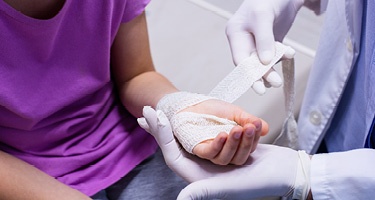
Why Visibility Matters: The Case for Legal Thought Leadership Today
by Jamilla Tabbara
Build trust before the first consultation.

How Whitepapers Become Legal Content That Builds Trust
by Jamilla Tabbara
Turning expertise into visibility with strategic white papers.

How to Use Content Syndication to Get Your Law Firm Website Content Seen
by Jamilla Tabbara
Syndicate your law firm’s content on trusted legal platforms to reach a wider audience and drive qualified traffic back to your website.

Best Lawyers Launches CMO Advisory Board
by Jamilla Tabbara
Strategic counsel from legal marketing’s most experienced voices.

Common Law Firm Landing Page Problems to Address
by Jamilla Tabbara
Identify key issues on law firm landing pages to improve client engagement and conversion.

Turn Visitors into Clients with Law Firm Website SEO That Converts
by Jamilla Tabbara
Learn how to create high-converting law firm landing pages that drive client engagement and lead generation.

Legal Content Strategy: A Key Driver of Law Firm Growth
by Jamilla Tabbara
Is your law firm’s content missing the mark? Here’s why it’s not delivering results.

The Best Lawyers Network: Global Recognition with Long-term Value
by Jamilla Tabbara
Learn how Best Lawyers' peer-review process helps recognized lawyers attract more clients and referral opportunities.

Showcasing Legal Knowledge: Leveraging Success Stories
by Jamilla Tabbara
Let your firm's success stories speak for themselves.

Is Your Law Firm’s Website Driving Clients Away?
by Jamilla Tabbara
Identify key website issues that may be affecting client engagement and retention.

6 Steps to Finding the Right Keywords for Your Legal Content
by Jamilla Tabbara
Follow a practical guide to keyword research and boost your law firm’s SEO to reach more potential clients.

How to Tell if Your Law Firm Lacks a Strong Brand Identity
by Jamilla Tabbara
Identifying branding gaps can help your law firm stand out and attract the right clients.

SEO for Law Firms: Overcoming Common Challenges
by Jamilla Tabbara
Tackle common SEO challenges and take the next step with our guide, How to Make Your Law Firm Easier to Find Online.














